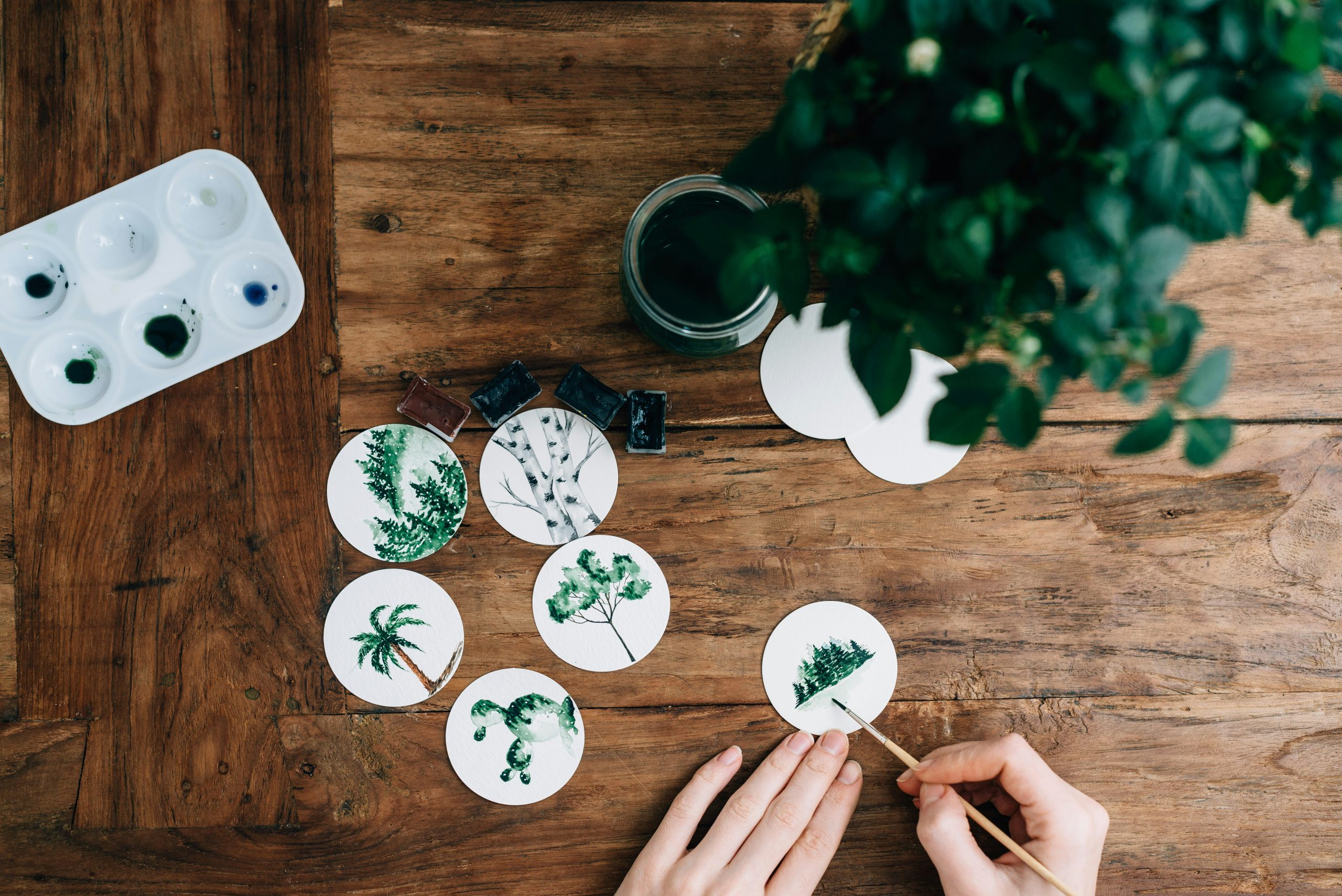How Campus Art Programs Enhance Learning Experiences
Art has always been an integral part of human culture, and its impact goes beyond just aesthetic appeal. It has the power to evoke emotions, stimulate critical thinking, and inspire creativity. With the rise of technology and emphasis on STEM education, the value of art in academic settings has sometimes been overlooked. However, campus art programs are proving to be a crucial component in enhancing the overall learning experience for students. From traditional fine arts to digital media, these programs offer a diverse range of opportunities for students to explore their creativity, gain new perspectives, and develop essential skills. In this article, we will delve into how campus art programs enhance learning experiences and why they deserve a more prominent role in education.
The Importance of Art in Education
Art is often seen as a leisure activity or a hobby, but in reality, it has immense educational value. It encourages students to think critically, communicate visually, and express themselves creatively. According to research, students who participate in the arts have higher academic achievement, greater civic engagement, and better team-building skills compared to their peers who have not been exposed to art. Essentially, by incorporating art into the curriculum, students are not only developing their artistic skills but also improving their overall academic performance.
Enhancing Creativity and Imagination
Campus art programs provide a safe space for students to explore their creativity and push the boundaries of their imagination. Unlike traditional academic subjects, art gives students the freedom to think outside the box and express themselves in unique ways. Through exposure to different techniques, materials, and mediums, students learn to take risks and experiment with their ideas. This not only enhances their artistic abilities but also fosters a creative mindset that is essential for problem-solving and innovation in any field.
Promoting Self-Expression and Self-Confidence
Art encourages students to express themselves in ways that they may not be able to through words. This is especially beneficial for students who struggle with verbal communication or have difficulty expressing their emotions. By creating art, students gain a deeper understanding of themselves and their feelings, which can have a positive impact on their mental well-being. As they gain confidence in their artistic skills, they also develop a sense of self-efficacy, which can translate into other areas of their academic and personal lives.
Cross-Curricular Connections
Art has the unique ability to bridge different academic subjects and create meaningful connections. By incorporating art into other subjects, students are able to see how concepts and ideas are interconnected. For instance, a science class could include an art project that involves creating a model of a cell, which not only helps students understand the scientific concept but also allows them to use their creativity. This in turn promotes a deeper understanding and retention of knowledge in various subjects.
The Role of Campus Art Programs
Campus art programs offer a variety of opportunities for students to engage with the arts beyond traditional academic classes. From art clubs and student exhibitions to workshops and artist-in-residence programs, these programs are designed to enrich the learning experience for students in a more hands-on and immersive way. Moreover, they provide an outlet for students to pursue their artistic interests and develop their skills outside of the classroom.
Creating a Sense of Community
Art programs bring students from different backgrounds and academic interests together, fostering a sense of community and collaboration. By working on projects with their peers, students learn to appreciate different perspectives and value teamwork, which are important skills in any academic or professional setting. This sense of community also extends to the wider campus, as art exhibitions and events bring students, faculty, and staff together to celebrate and appreciate the creative achievements of their peers.
Preparing for the Future
The world is becoming increasingly interconnected and diverse, and the ability to think creatively, communicate effectively, and adapt to change are essential skills for the future workforce. Campus art programs provide a solid foundation for students to develop these skills from an early age, giving them a competitive edge in the job market. Furthermore, with the rise of technology, there is a high demand for individuals with both artistic and digital skills, and campus art programs offer courses that integrate these two areas, preparing students for careers in various industries.
A Platform for Social and Cultural Awareness
Campus art programs also have the power to ignite conversations and raise awareness on important social and cultural issues. Through art, students can address topics such as diversity, equality, and environmental sustainability in a powerful and thought-provoking way. This not only leads to a better understanding of these complex issues but also stimulates critical thinking and encourages students to take action in creating positive change.
Conclusion
Campus art programs play a vital role in enhancing the learning experience for students. They provide a platform for self-expression, promote creativity and critical thinking, and foster a sense of community and cultural awareness. As the education system continues to evolve, it is crucial to recognize the value of art in shaping well-rounded and successful individuals. By incorporating art programs into the curriculum and providing opportunities for students to engage with the arts, we can create a more enriching and holistic education experience for all.











